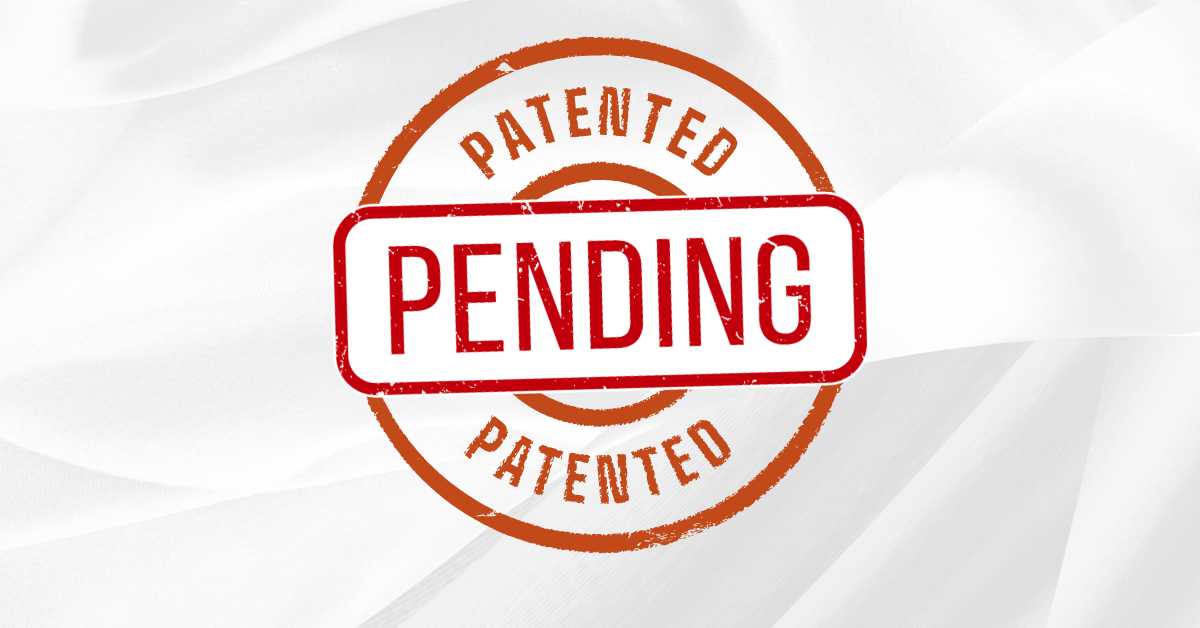Within the framework of intellectual property, the term “Patent Pending” is a basic idea with a great early phase of invention relevance. This is because the very important initial step in protecting an inventor’s work is applying for a patent, even though it is still under review.
As a top and leading IP legal practice in Indonesia, we at Am Badar & Am Badar have a strong awareness of patent laws and great knowledge of guiding foreign clients on the complexity of patent applications and protections.
If you are seeking more thorough instructions on Indonesian patent licensing, read our views on “Patent Licensing Strategies in Indonesia” first.
What Does “Patent Pending” Mean?
The pending of patent indicates that right now review is in progress for a patent application that has been filed with the patent office. This status is crucial since it gives the innovation a filing date, which in the competitive intellectual property landscape can be fairly crucial.
Still, time does not guarantee the award of a patent at last. Close examination of the application helps one to determine whether the invention meets the criteria for patentability, that is those of novelty, non-observance, and industrial usefulness.
A patent pending meaning also tells the public and prospective competitors the inventor is seeking legal protection for her idea. The possibility of future infringement claims can discourage others from using the concept without permission even if it does not offer any legally enforceable rights until the patent is issued.
Meanwhile, under Indonesian law, this exact pending term is not officially recognized. Still, it’s pretty widely used practically. You can see this in product packaging, pamphlets, advertisements, and other media or publications.
This implies that despite a patent application registered with Indonesia’s Directorate General of Intellectual Property (DGIP), it has not yet been authorized. For more about patent law in Indonesia, see Law of the Republic of Indonesia Number 14 of 2001 regarding Patents. More than that, you can also check the insight and services page, or contact the team.
How to Obtain a “Patent Pending”
Basically, anyone who produces or invents anything unique and artistic could be looking for this status. Internationally, the process starts with a patent application turned to the relevant intellectual property office.
This application demonstrates the search for intellectual property protection by the author for their work. Then, the pending status tells others that a patent application is in development, thus defining the filing date for the invention.
Who is Allowed to Obtain a “Patent Pending”
Designating objects with pending status and submitting a patent application might be a smart action either locally or internationally. It encourages respect for intellectual property and discourages infringement since it guarantees others that the innovation might soon receive patent protection.
Internationally, anyone who produces anything original and new anywhere can search for a pending status simply by submitting a patent application to the relevant patent office, like the USPTO in the United States or the EPO in Europe.
It reveals that an inventor has looked for a possible patent and alerts competitors that one is under development.
As mentioned before, though the Indonesian patent law does not have this exact pending term, inventors often use this word informally to signify that their patent application is pending with the Indonesian Directorate General of Intellectual Property.
5 Benefits of “Patent Pending” Status
Maintaining a pending status on patent applications enables innovators to negotiate the patenting process in numerous respects. Its five main advantages are:
-
Early Notice and Prevention
First, declaring your idea is on pending status offers competitors early notice or warning. Your patent application is under work and has a filing date set per this notice. So, this helps people avoid trying to copy or imitate your work.
-
Establishing Prior Art
Once your patent application is submitted, it becomes part of the prior art. This suggests that one has to acknowledge the presence of your concept should someone else later file a patent application for a related invention. This will enable you to stand strong in the case of legal issues or disputes.
-
Marketing and Credibility Boost
Giving your patent for a good or marketing tool pending status will help it appeal more to consumers. It suggests that beneath protection your product boasts innovative, underdeveloped technology. This will differentiate your products from competitors and aid in increasing consumer confidence.
-
Potential Licensing Opportunities
A pending status also can result in licensing. It implies that your company offers untapped, creative technologies and is under protection. This raises customer confidence and sets your products apart from rivals.
-
Legal Protection During Application Process
At last, a pending situation could lead to licensing agreements. It demonstrates to eager partners or investors that your patent proposal is legally sound and serious.
Indonesian Patent Law stipulates that should infringement develop after the date of your patent application, you can take legal action starting from the date of your patent application.
What “Patent Pending” Doesn’t Do:
However, it is important to know that others are free to independently develop and submit patents for such concepts regardless of pending status. The status presents no legally enforceable rights or legal defense against infringement until the patent is issued.
Seeing a product’s pending status could make one think it is absolutely safe, but this is not quite the case. This mark shows that a relevant authority has received a patent application.
Therefore, even if it offers a priority date and works as a helpful deterrent, it does not provide total protection, which suggests it does not hinder others from developing similar ideas.
For intellectual property protection, this is thus a stage of the process rather than the end line. So, before fighting legally against illicit use, inventors have to wait until the patent is formally issued.
Conclusion
Our team at Am Badar & Am Badar is here to assist inventors in all stages of the patent application. Our all-encompassing patent services should help you handle the complexity of intellectual property law in Indonesia and ensure that your discoveries get the protection they are due.
For further information about our patent services, check our services page. Visit our insights page to learn more on patent-related topics as well. Meanwhile, for any inquiries or assistance, just get in touch with us via our contact page.
Our background and expertise make us a trustworthy partner for both domestic and global clients, especially ones seeking “Patent Pending”. Check our article: “Patent Registration in Indonesia: Global and Local Strategies” for more details on the Indonesian patent registration landscape.
References
- https://www.law.cornell.edu/wex/patent_pending
- https://www.dennemeyer.com/ip-blog/news/what-does-patent-pending-mean-and-can-it-protect-inventions/
- https://peraturan.bpk.go.id/Download/26633/UU%20Nomor%2014%20tahun%202001.pdf
- https://dgip.go.id/faq/list-faq/paten/paten-umum
- https://www.ipindo.com/patent-pending
Reviewed by Nabil Argya Yusuf






